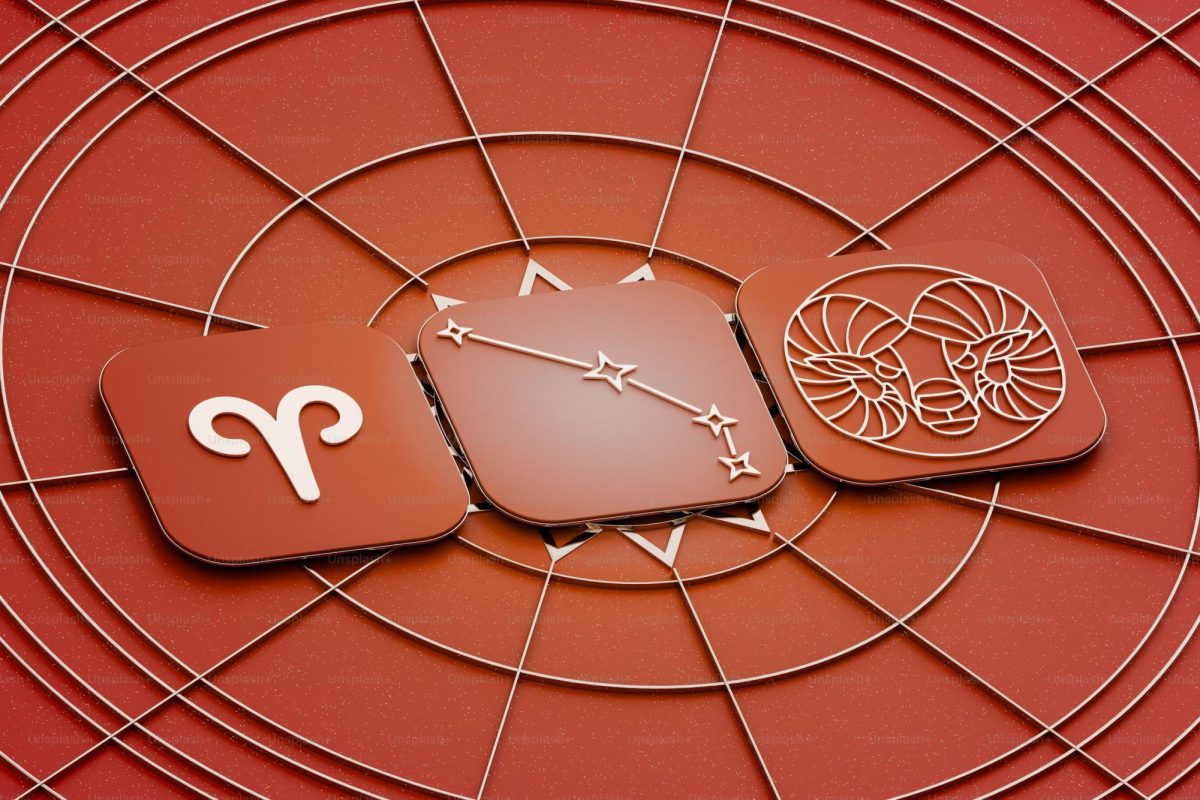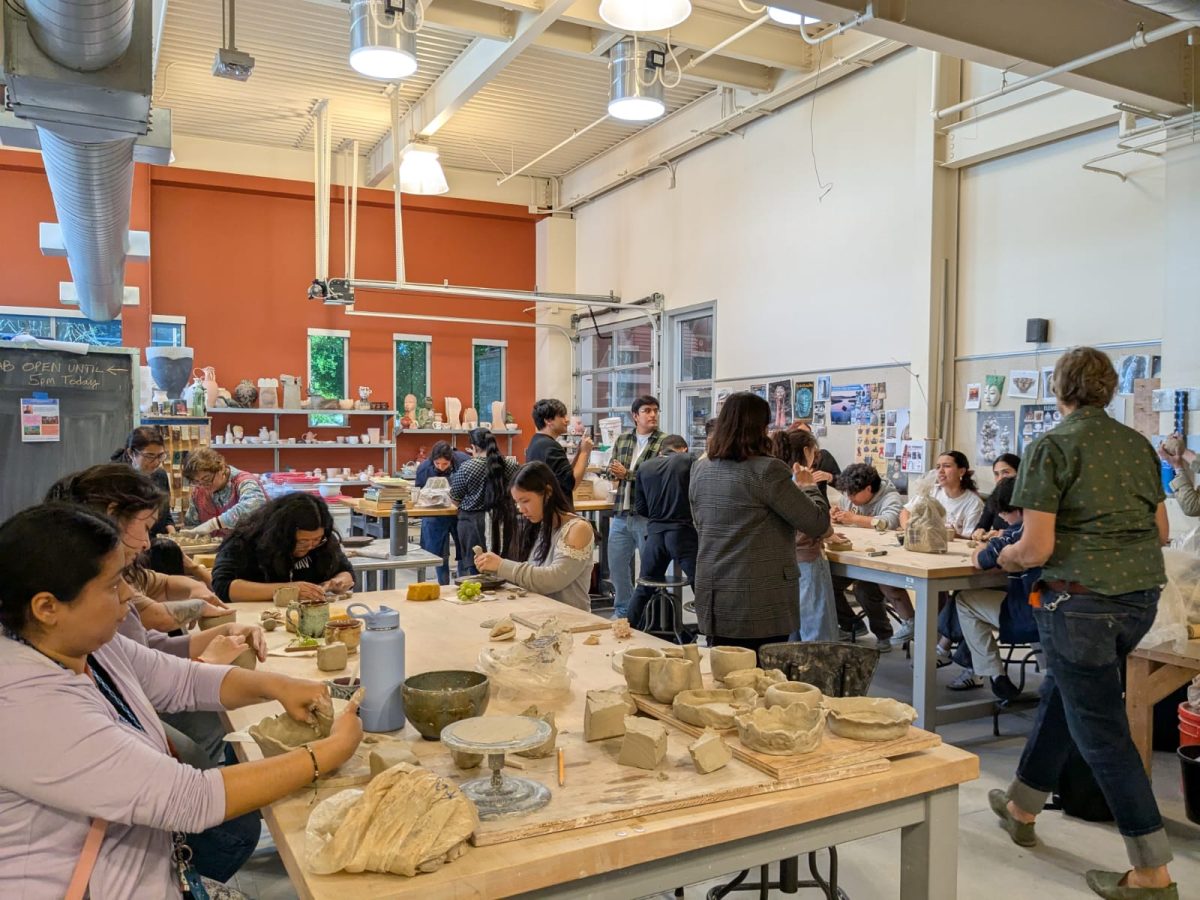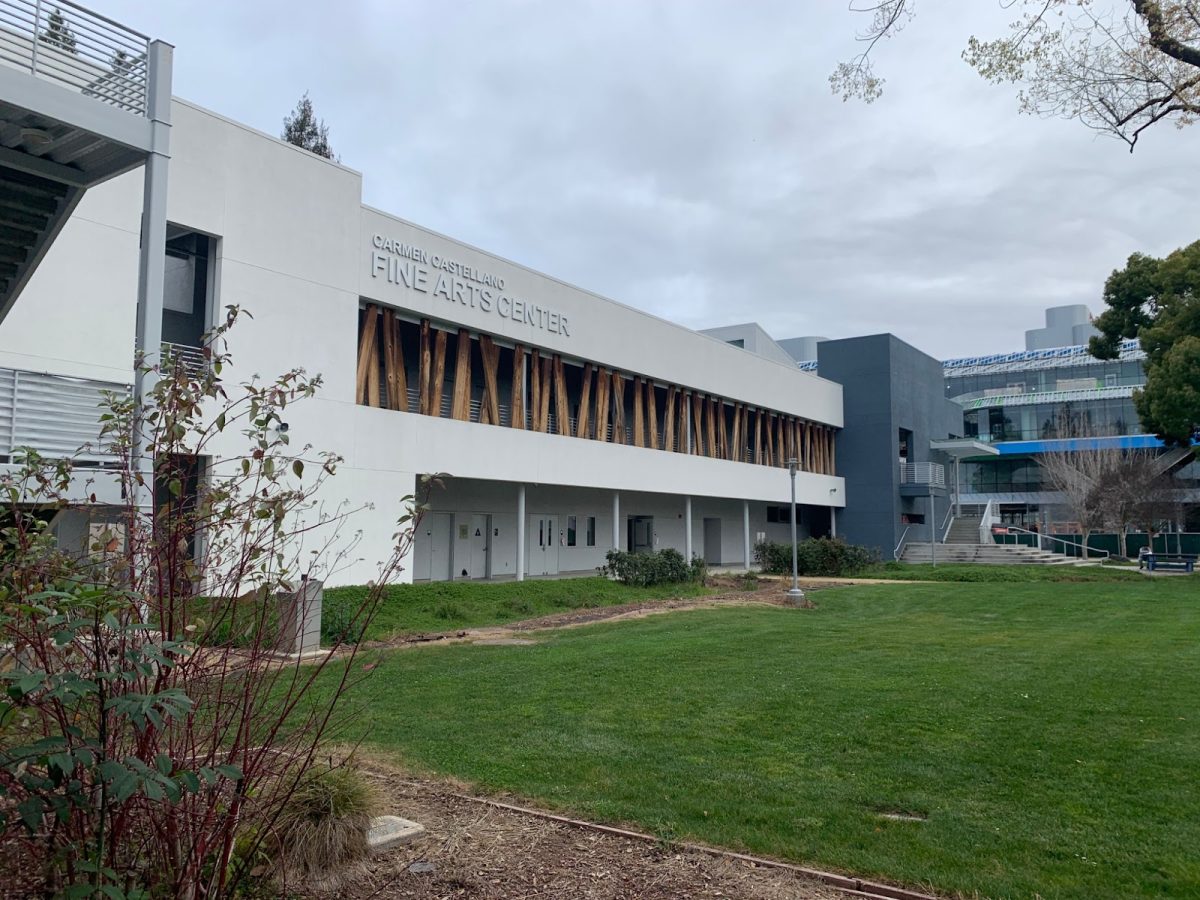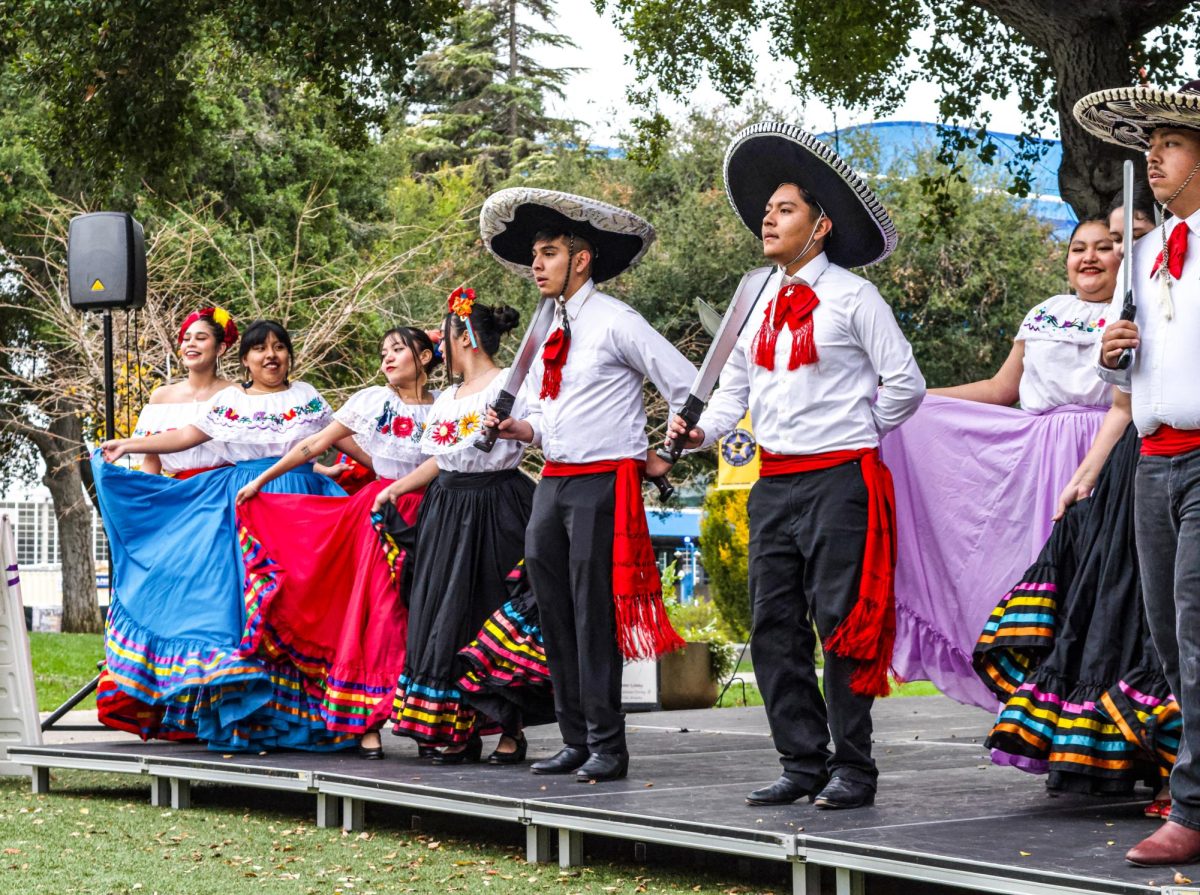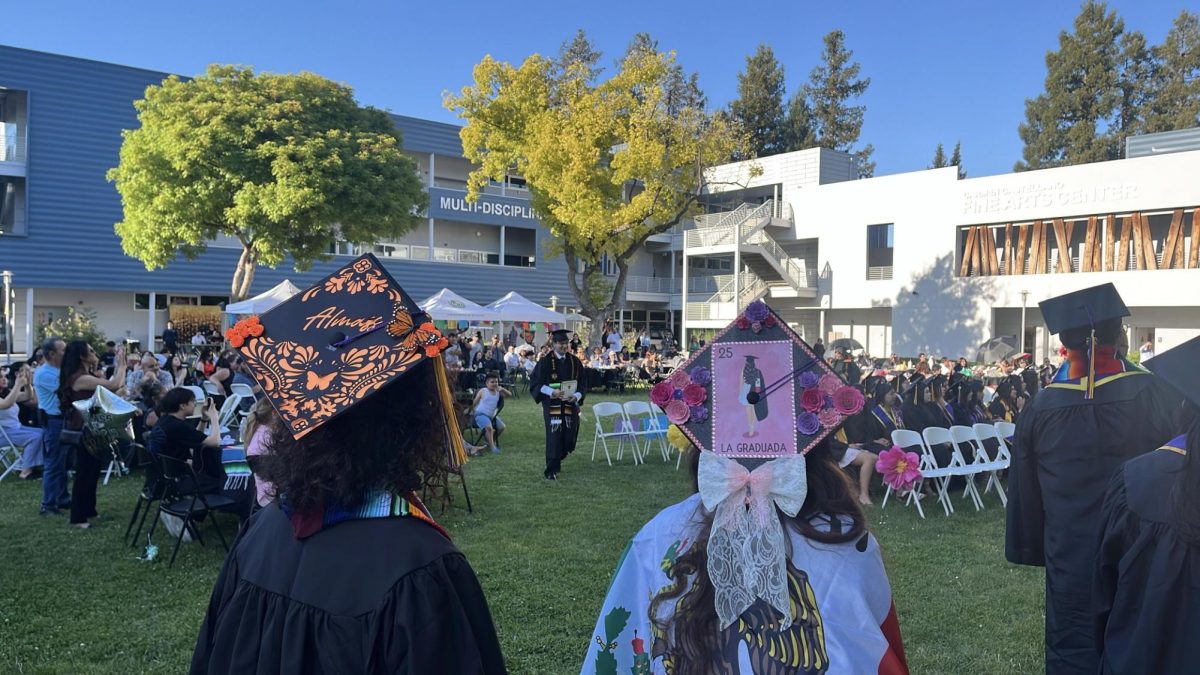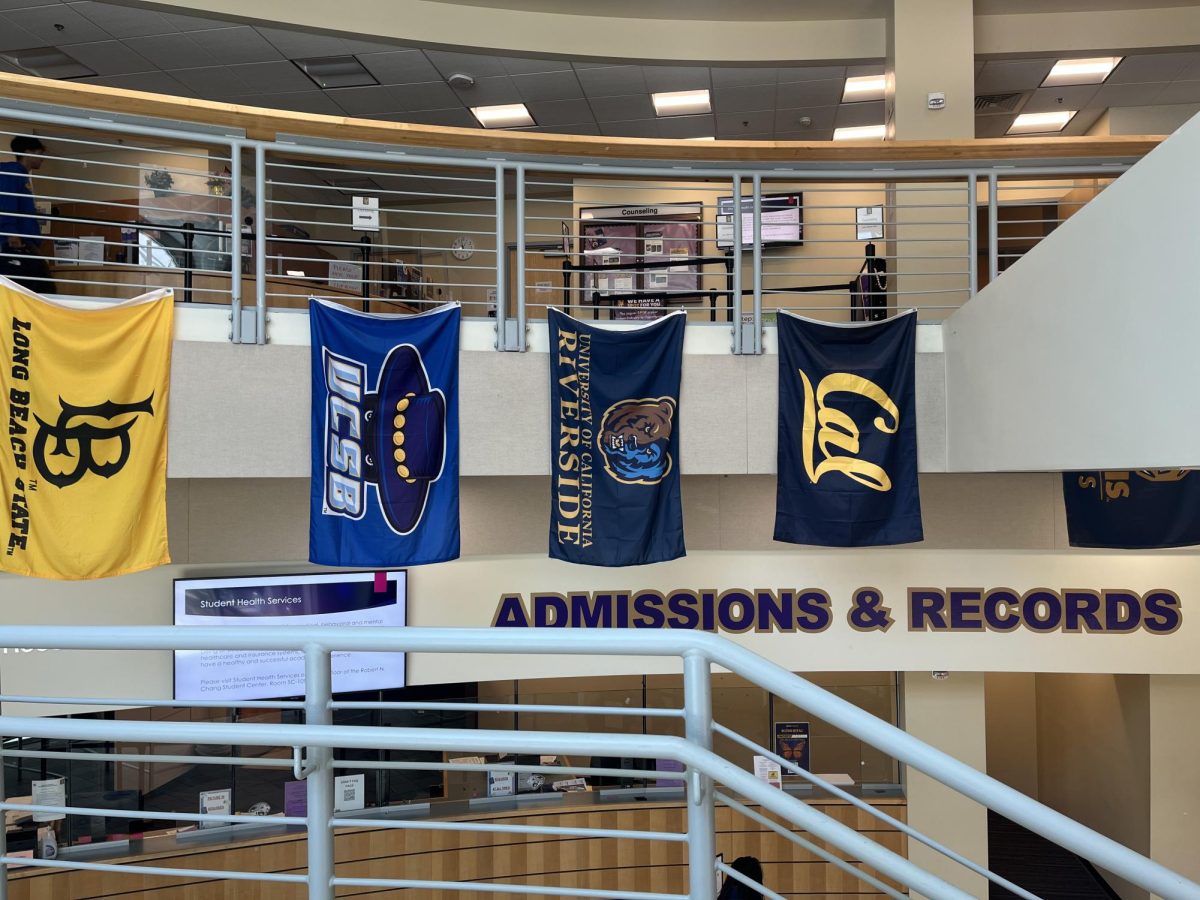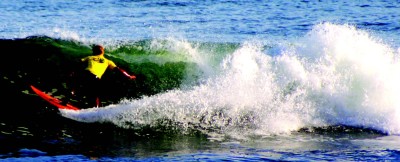
You live just 45 minutes from a surfing paradise. Grab a wetsuit, bring or rent a surf board, take lessons if you want and start training for the annual big wave competition held at Point Montara Lighthouse Hostel in Montara along Highway 1, held every winter depending upon when nature sends the waves.
Nearby is world famous Mavericks. This may be another year when Mother Nature brings in the typical 50-foot waves that surf movies have been made about. These waves come from the coast of Alaska and usually show up between November and March of the following year. This is where the most elite surfers (24) in the world come to compete.
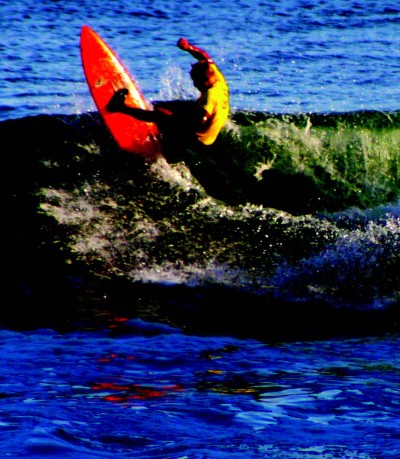
Cowell’s Beach is one of the best beginner surf spots in the entire world. It is located in the leeward cove of Santa Cruz, protected from the predominant northwesterly winds that blow out most of the surf spots farther north.
The high coastal bluffs create a wind break that keeps the surface of the ocean water from becoming choppy, making it ideal for surfing.
During medium and low tides, the long, flat sandbar provides a gentle breaking surf that can host several beginners on one wave and also provide a face for the more advanced longboarder to nose ride (hang ten toes over the front edge of your board).
Very long rides can be obtained by the beginner at Cowell’s, providing ample time to master the art of catching a wave and standing up on what is a relatively smooth, unbouncy wave.
Longboards or body boards are essential at Cowell’s as the short boards will not be able to keep enough speed to stay afloat.
Pleasure Point is called “Jack’s” or “Thirty-Eigth Avenue,” a long board spot that provides long waves ideal for nose riding and can sometimes accommodate beginners with some basic instruction.
It is also ideal for intermediate surfers to improve their skills riding the face of the wave. As the surfer becomes more skilled, he or she can walk or paddle north to “Second Peak” at Pleasure Point or south to the “Wild Hook” or “Shark’s Cove.”
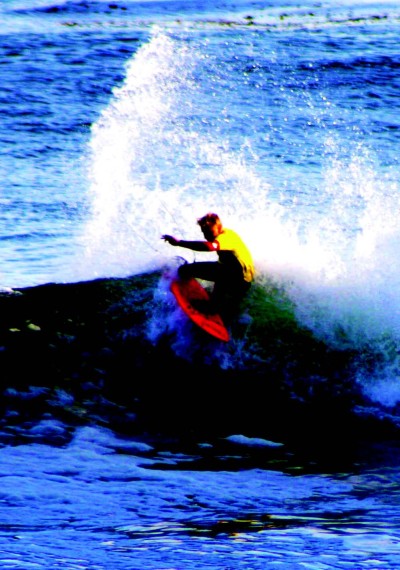
These spots are very crowded with skilled surfers aggressively maneuvering their positions, using strong paddling to get to the peak of the wave (gaining priority, according to surf etiquette).
Here the waves are fast and vertical and should only be attempted by intermediate to advanced surfers.
Forty-First Avenue in Santa Cruz is a fun spot.
These waves are not for longboards, which are not allowed.
If you take one out, you will probably get kicked out. Use shortboards only. There is parking if you are lucky, or you might be walking a while. It is a nice spot to watch the waves from a cliff’s edge.
Forty-First Avenue is a great place to take pictures and to “study the sport.” This is where you can see what you can do and to learn surfing by watching.
It is a good place to be coached by good surfers. Even good surfers expect to get yelled at once or twice here.
Think about this beach as being an elitist’s beach. Surfing here is the difference between playing major league baseball and little league.
Steamer’s Lane is a famous surfing location located on the west side of Santa Cruz, nearest the lighthouse on West Cliff Drive.
This is an excellent location to watch and film the surfing and the skill levels will become very apparent soon.
Steamer’s Lane was named by Claude Horan while he was a student at San Jose State in the late 1930s. It was at Steamer’s Lane that the modern surfing wetsuit and the leash attaching the board to your ankle were mainly developed by Jack O’Neill of O’Neill’s Surf Shop.
This is home to many surf contest yearly, and we feature the sixth annual Spring Fling promoted and co-hosted by Bubb Rader of Pacific Wave Surf Shop.
In California, Steamer’s Lane is my personal favorite to surf “December storm surf,” Rader said. “For big, gnarly waves it, was my choice for decades.”



